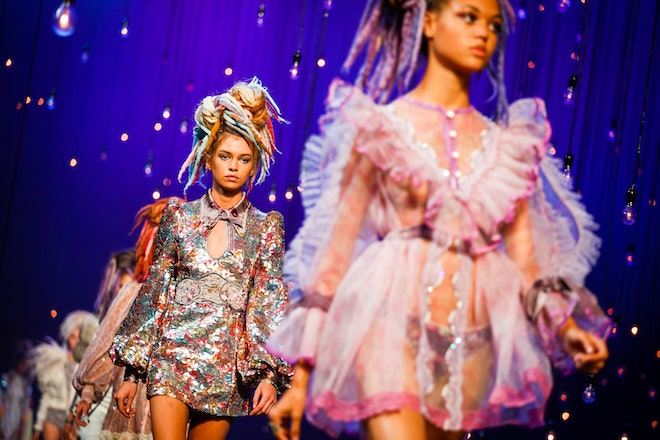Products You May Like


The advent of the Internet has brought about an abundance of information that was almost impossible to obtain if the world still retains its traditional methods of communication. This explosion of newfound knowledge has helped a vast majority to gain access to remote cultures in far-flung places. This is great because people can expand their horizons, making them more aware of different cultures and practices, and the expectation is a more informed global society.
Cultural exchanges are not new, in fact, it is as old as the first trading between ancient civilisations. Goods were brought from one place to another which expanded commerce, bringing exotic fabrics to new markets and enabling new novelties to inspire designs. This very much allowed for the term “cultural appropriation” to take root and only in recent times that people are paying attention to how their own cultures are misrepresented and misused. The definition of cultural appropriation, according to Dr Benedetta Morsiani, a research fellow at the University of Westminister, is “the act through which specificities of a given culture, such as symbols, artefacts, genres, rituals, or technologies, are used by members of a different culture. [And] this phenomenon now mainly refers to the exploitation of marginalized cultures by more dominant, mainstream cultures.”


In the pursuit of creating new products, companies are looking beyond just what is deemed as “mainstream culture” but others such as those from the African-American and Asian cultures. Fashion is always the top culprit as designers incorporate elements from the cultures as part of their collections but oftentimes, these are done in a way that is seen as offensive. Examples include Marc Jacobs’ 2017 Spring collection where models were sent walking down wearing wigs that looked like dreadlocks. While for some, it may just be a type of hairstyle but others find spiritual and political meanings in the way they do their hair, it represents their ethno-racial identity; it could also signify the social and class position some align themselves with. Hence, it feels that brands are simply taking what they think is interesting but failed to consider its association with the wider audience.


Not just pertaining to fashion, beauty brands are also guilty of appropriating culture and have come under fire. For a brand that is an advocate for inclusivity like Fenty Beauty, it has made a faux pas in accidentally naming one of its highlighter shade as “geisha chic”, which the brand received backlash and eventually recalled the shade and apologised.
Consumers are no longer passively accepting the narratives set by brands. In a sense, they have become more “woke” and are more vocal about social issues. Back in the days, the use of media was solely for two reasons: information and entertainment. News outlets were the gatekeeper of what is deemed as the “right information” and what is released from them are usually considered the truth. Television was the main source of entertainment for people and the audience recognises that what is portrayed on it is considered light-hearted and they were not critical of its content.
However, the perception of media has altered drastically and the way people are consuming them are different. Content put forth by companies are scrutinised in greater details, as fake news run rampant nowadays, it is important to be cognizant of the information. Hence, more brands are being called out for their mistakes as mentioned above. Social movements such as Black Lives Matter have spotlighted the unfair treatment of the Blacks, and most recently, Stop Asian Hate has gained traction as it is reported that there was a 150% increase in hate crimes aginst Asians in the United States.




In light of this new generation, it is important that brands adopt a more prudent approach when it comes to culture so to avoid missteps. They should also be receptive to feedback given on social media and swiftly take action to address these valid questions. If brands are genuinely interested in sustaining certain cultures, there are appropriate steps that could be taken to minimise any potential fallouts. The framework behind could be implemented across the company when it is looking to adopt foreign cultures and practices.
